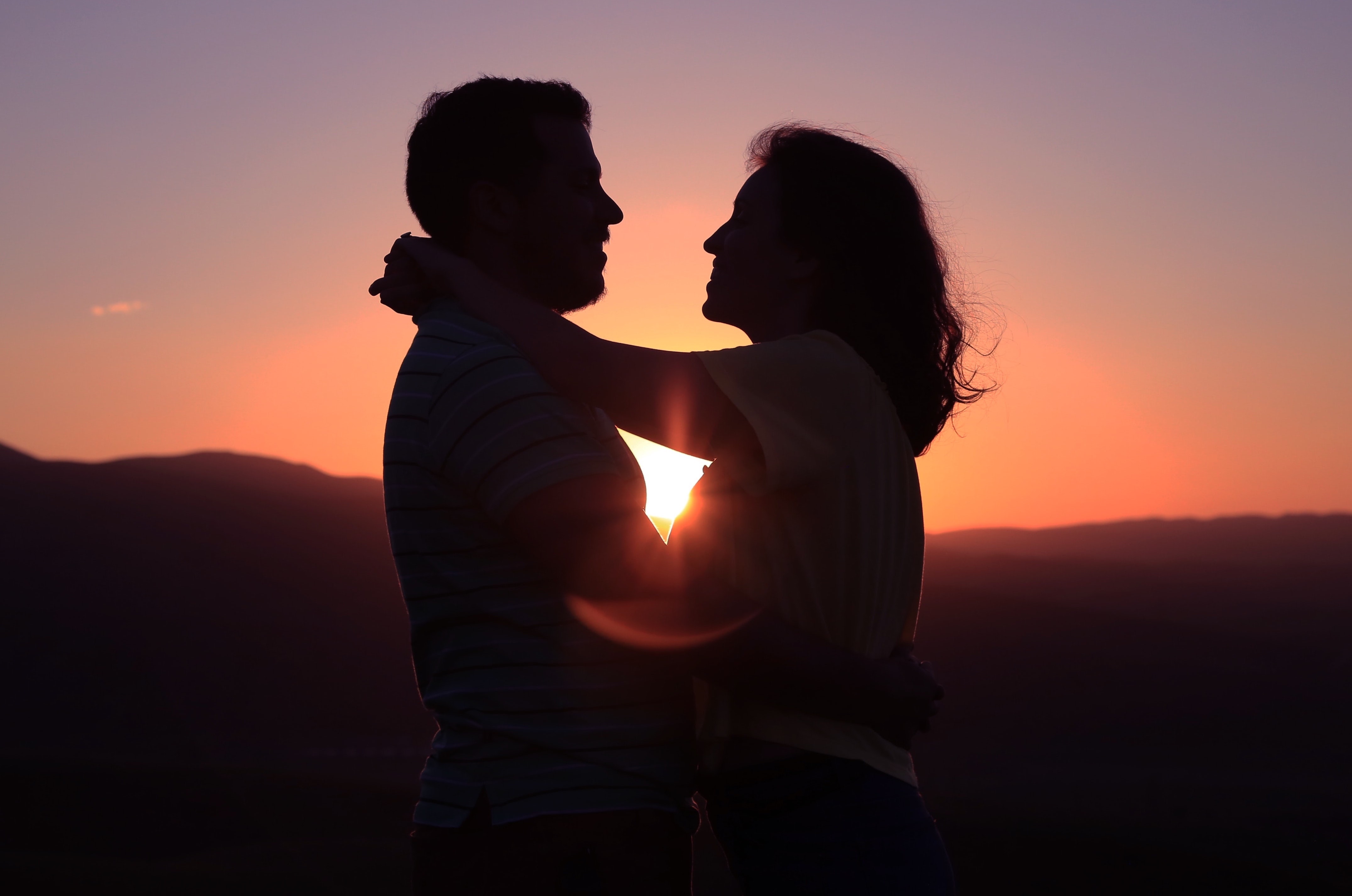Written by Vanshika Nigam | Reviewed By John Victor | Updated On January 1, 1970

Listen to this article in Audio
“If we want to fully experience love and belonging, we must believe that we are worthy of love and belonging.”
-Brene Brown
We, humans, are social beings. Since the time we have taken birth, we have wanted to connect, to belong, and be nurtured by a caregiver. As we progress in our lives, this need is fulfilled by belonging to family, friends, and a romantic partner. Our past experiences provide us with information and form how we view and interpret things around us. Therefore, these experiences become the lenses through which we view the world and the people in it.
We've all had excellent and awful romantic relationships. However, we tend to notice and dwell on the negative occurrences, cognitive processes, or feelings linked with a bad relationship more readily than the pleasant ones. This is called the negativity effect or bias.
Neurological research has also revealed that the brain engages in more neural processing in response to unpleasant stimuli. Furthermore, studies of event-related brain potentials (ERPs) demonstrate that negative stimuli evoke larger brain responses than positive ones.
The experience of these bad relationships in which the other person (who was previously our significant other) walks away leaves us with the dilemma of what went wrong. We ask ourselves so many questions like what did I do wrong, did I say something which hurt them, what is wrong with me, did they find someone else, am I not lovable, etc.
Thus, keeping us in a vicious cycle of constant blame and guilt. We keep thinking about answers to these questions, and in the process, we start thinking that we will never get in another relationship with someone else to protect ourselves from the same hurt, anguish, and sadness. These fears of abandonment, fear of rejection, fear of losing the person leads us to avoid romantic relationships even when we like the person to protect ourselves from the same pain and hurt we have experienced before.
How can an individual resolve these fears?
Firstly, we need to become aware of the attachment style on which our fears are based upon. British Psychologist John Bowlby was the first attachment theorist. He defined attachment as a "lasting psychological connectedness between human beings” in 1969. Attachment Style refers to the way an individual relates with other people around them. An attachment pattern is established as a result of early childhood attachments and develops in response to relationships in adolescence and adulthood. There are 4 types of attachment as described by attachment theorists John Bowlby (1989) and Mary Ainsworth (1979):
Secondly, after determining and observing the attachment type a person possesses, a person must begin working on the attachment style that is the source of their worries. It is important to understand an individual's attachment style and how it affects them and the person with whom they're in a relationship. It is critical to recognize that while we are a part of our significant others' lives, their entire lives do not revolve around us. A partnership becomes wonderful when two individuals become conscious that they are separate persons who nonetheless wish to work together to nurture their relationship.
Thirdly, seeking professional help from a mental health professional can play an essential role in bringing changes in an individual to overcome the fears acting as a hindrance. They can assist the person in developing empathy, that is, putting oneself in another person’s shoes and understanding the situation precisely so that they don't project their fears in the relationships and fulfill the goals they are seeking through therapy.
Fourthly, we need to give ourselves time to heal and connect with ourselves and the people around us. Engaging in hobbies and having meaningful conversations with loved ones can also help people understand themselves from a deeper level.
Fifthly, accepting both positive and negative experiences as a part of life and learning from them is essential in the growth of an individual. An insight into the relationship is much needed. All relationships have both happy and sad moments, but focusing only on the sad ones and making inferences based on oneself is not justified. We need to forgive the person and ourselves for all that went wrong and cherish the happy moments spent together.
Lastly, holding onto faith and hope, giving ourselves the same hug, treating ourselves with the same care and love we give to our loved ones and giving us credit for all the hurdles we have crossed so far is what will make this journey of life beautiful no matter what the destination is.
“You, yourself as much as anybody in the entire universe, deserve your love and affection.”
-Sharon Salzberg
References:
Bretherton, I. (1992). The origins of attachment theory: John Bowlby and Mary Ainsworth. Developmental psychology, 28(5), 759.
.jpg)
Break-Ups-Relationships
Relationship Jet Lag - From Being Together To Being Apart
Break-Ups-Relationships
Why Should You Appreciate Your Children?
Break-Ups-Relationships
Connecting With The Right People For Mental Well-Being
Break-Ups-Relationships
Rejection Sensitivity And It's Impact On Relationships